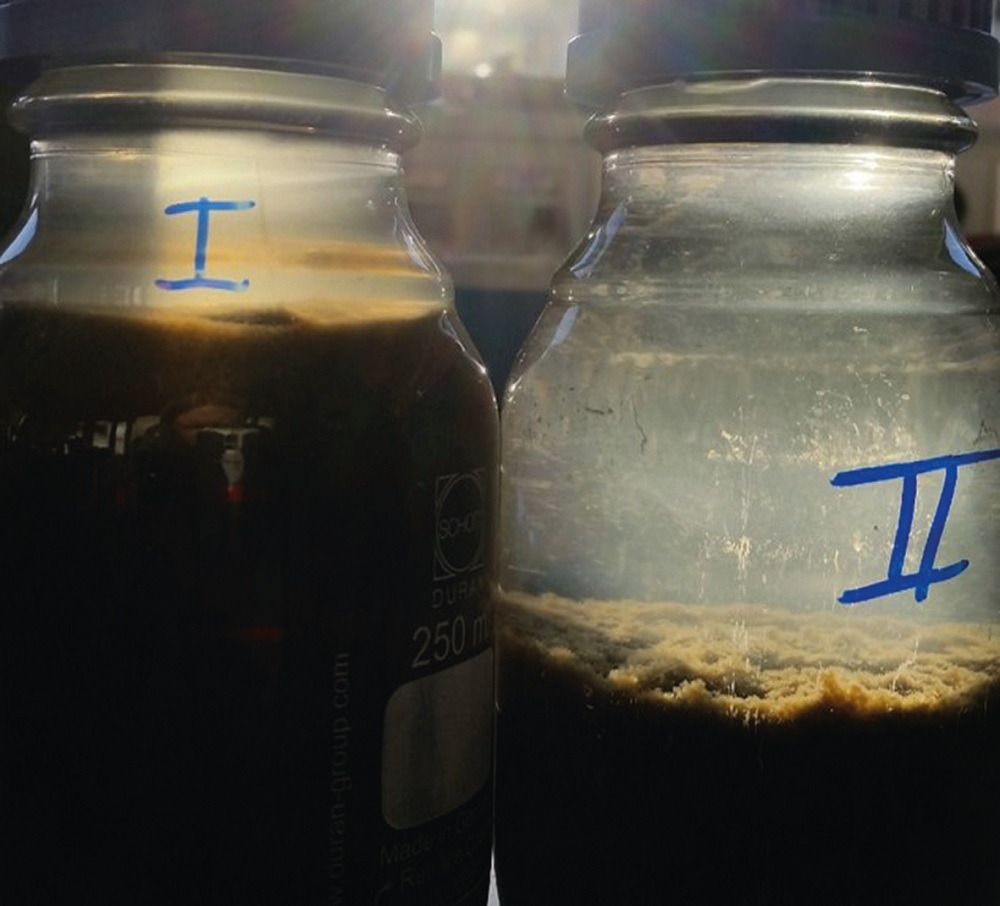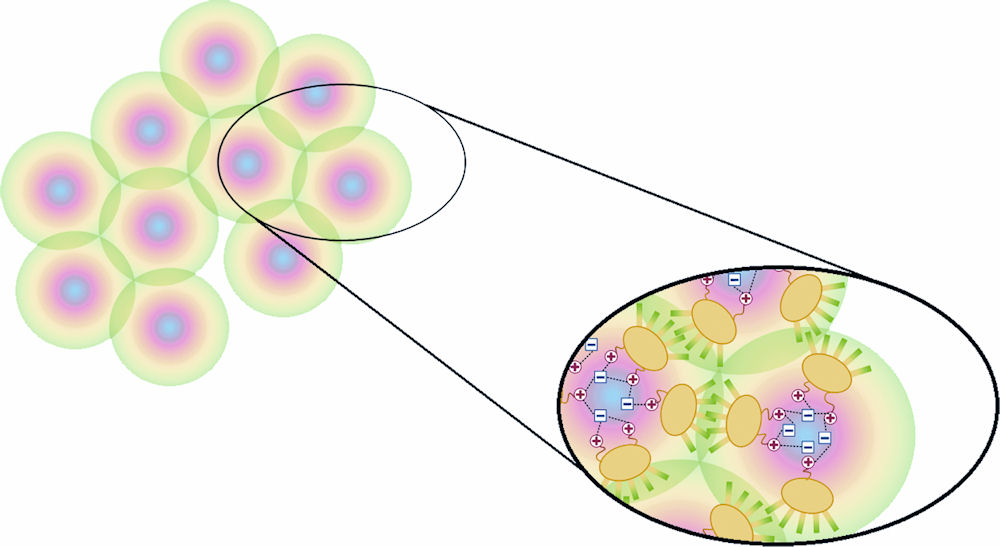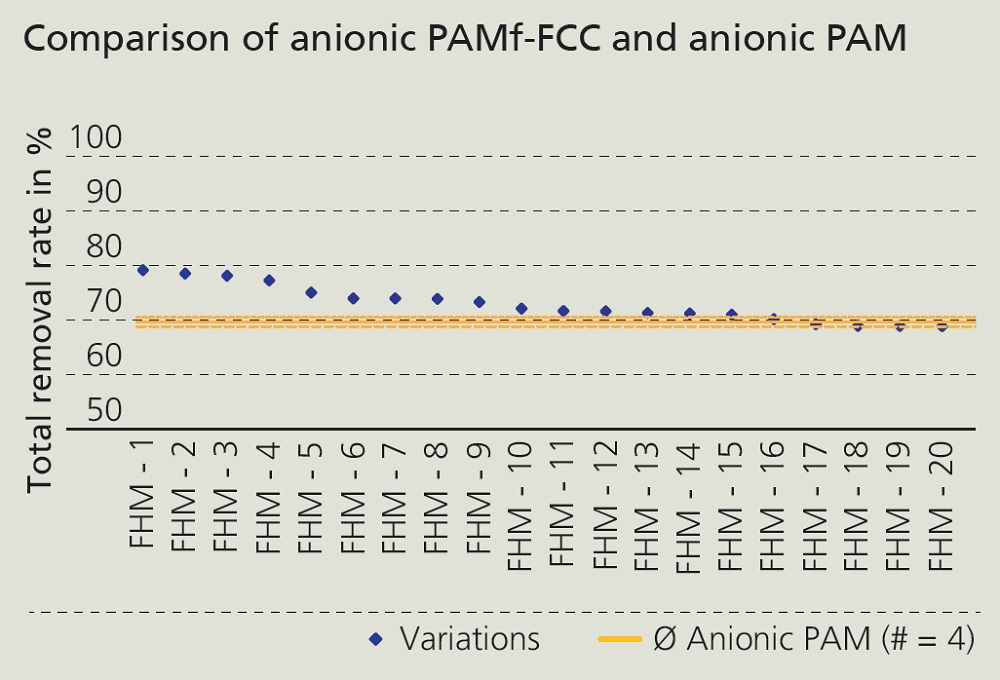


Flocculants (FCC) are currently made of synthetic polyacrylamide (PAM) and are used in water treatment as conditioning agents, e.g., for dewatering or precipitation. The sludge thereby produced contains important nutrients, such as phosphate and ammonium and is widely employed as a nutrient-rich fertilizer in the agricultural industry for sustaining the ecological nutrient cycles in the environment. This is being deterred by disputes regarding the environmental compatibility of PAM-FCC and the starting material, acrylamide, used to produce them. The corresponding restrictions on the land application of conditioned sludge are prescribed in the planned amendment of the Fertilizers Regulation controlling and restricting the use of synthetic flocculants. From this arises the need for alternative, sustainable products that can replace synthetic PAM-FCC, which had global revenues of nearly USD 9 billion in 2015. Drawing on lengthy experience in the field of sludge conditioning and to address the need for feasible alternatives, the “Biomass Conversion and Water Technology“ working group has developed bifunctional PAM-free FCC (PAMf-FCC) consisting primarily of starch. These have a very high biodegradability and can have cationic or anionic character. PAMf-FCC exhibit starch molecules with both polar and non-polar functionality. This facilitates binding of contaminants to form macroflakes as well as coagulation to form large agglomerates for easy sedimentation and/or filtration (Figure 1).
Cationic PAMf-FCC proved to be equivalent to synthetic flocculants in flocculation of fermentation products and excess sludge from a municipal waste water treatment plant and, in a comparison with commercially available natural products, showed much better results in flocculation, settling behavior (Figure 2), and dewatering of the produced sludge. Due to legal restrictions, the main application for anionic flocculants lies in drinking water production. For the purposes of assessing the performance of anionic PAMf-FCC, flocculation was transferred to a laboratoryscale drinking water plant. The anionic PAM currently used for treatment served as a benchmark. The parameters of turbidity, discoloration, and SAC254 were determined and compared. In each case, the total removal rate was calculated from the removal rates for the individual parameters. Here, too, the results obtained for bifunctional PAMf-FCC were at least equivalent, and for the most part superior, to those yielded for the synthetic PAM.